Malaria Peripheral Blood Chart P falciparum schizonts are also seldomly seen in peripheral blood They are displaying more than 2 and up to 32 nuclei merozoites with dark brown pigment clumped in the middle Gametocytes
Parasites Found In Circulating Blood Certain morphologic key characteristics of the infected erythrocytes and parasites can be used to orient the diagnosis towards one of the four Plasmodium species P falciparum schizonts are seldom seen in peripheral blood Mature schizonts have 8 to 24 small merozoites dark pigment clumped in one mass Mature schizont in a thin blood smear Ruptured schizont in a thin blood smear Another schizont in a thin blood smear Laboratory diagnosis of malaria Plasmodium falciparum 3 Trophozoites P
Malaria Peripheral Blood Chart
Malaria Peripheral Blood Chart
https://imagebank.hematology.org/getimagebyid/63067?size=3
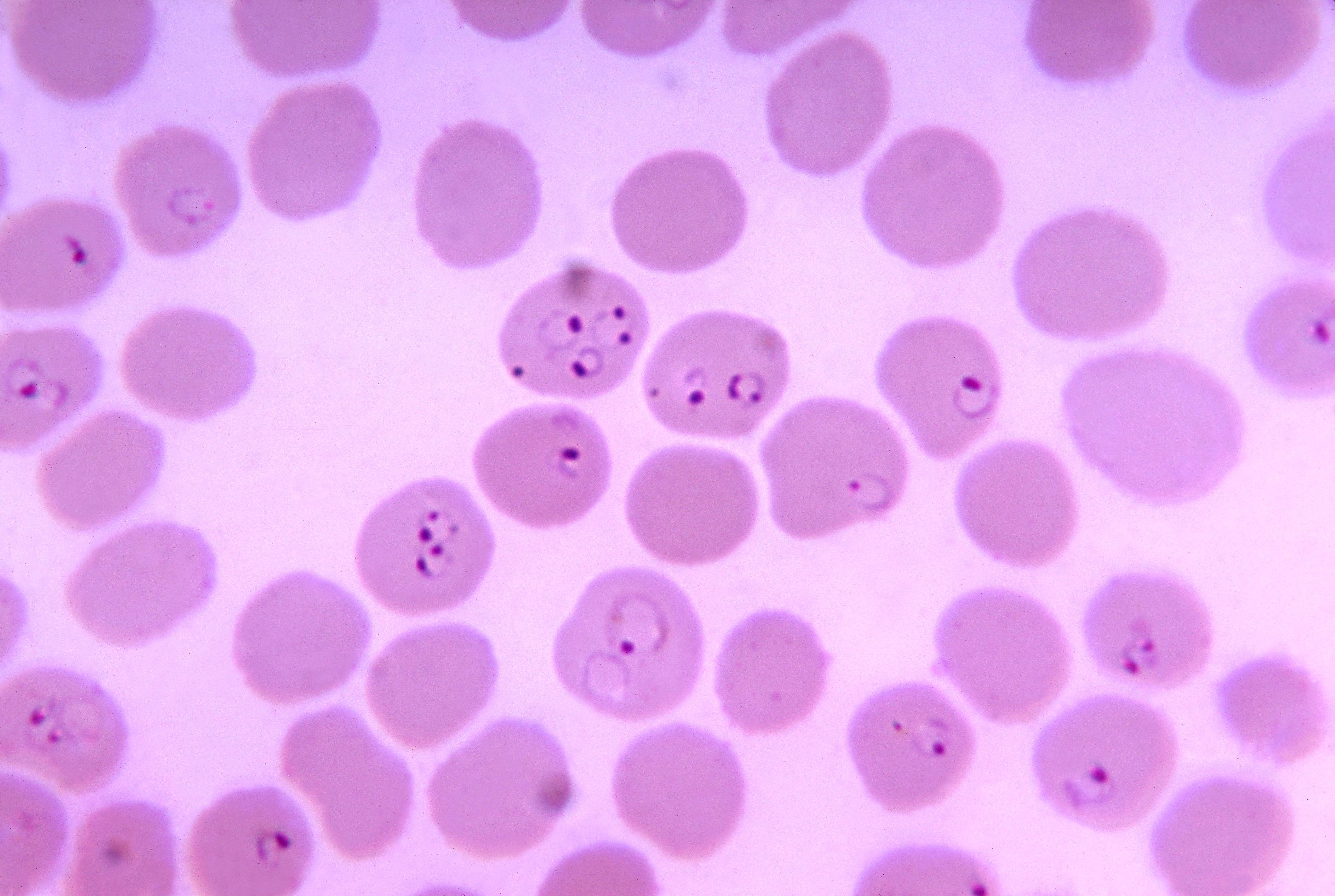
Free Picture Photomicrograph Blood Smear Plasmodium Falciparum Rings Erythrocytes
https://pixnio.com/free-images/science/microscopy-images/malaria-plasmodium/photomicrograph-of-a-blood-smear-showing-plasmodium-falciparum-rings-in-erythrocytes.jpg
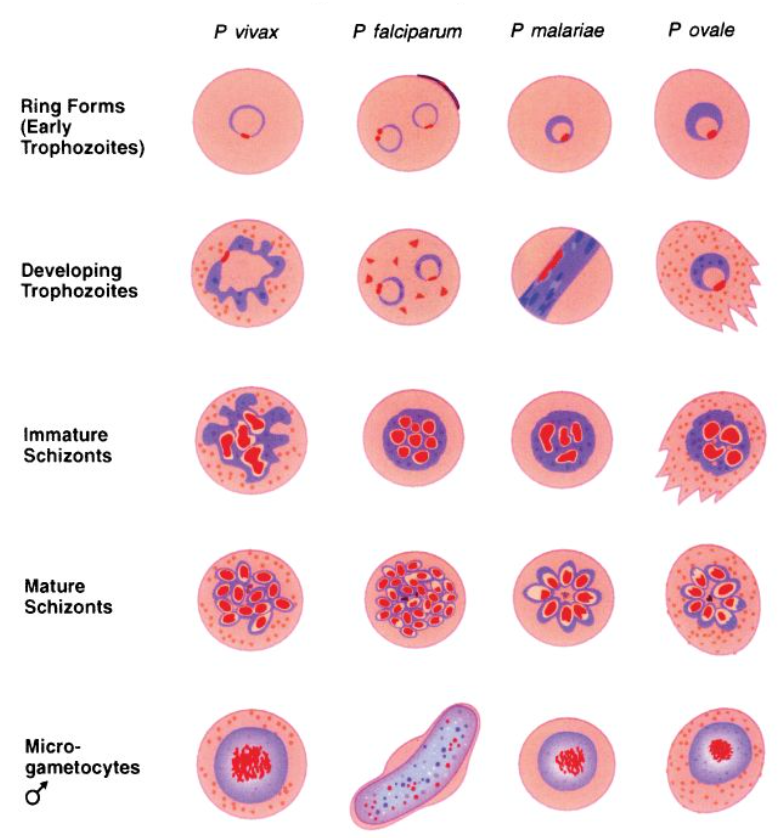
AI Carries The Torch Of Malaria Diagnosis In Taiwan Taiwan AILabs
https://ailabs.tw/wp-content/uploads/2017/11/malaria_classification.png
Stages found in circulating blood rings or gametocytes other stages develop in blood vessels of internal organs but are not seen in peripheral blood except in severe infection 1 Small trophozoites 2 Gametocytes normal 3 Slightly distorted gametocyte 4 Rounded up gametocyte 5 Disintegrated gametocyte 6 Nucleus of leucocyte 7 Blood platelets 8 Cellular remains of young erythrocyte Plasmodium falciparum Blood Stage Parasites Thick Blood Smears Illustration from Wilcox A Manual for the Microscopical Diagnosis of Malaria in
A platelet count of 185 000 cells l can be considered a screening value to identify patients with high probability of a negative blood film result for malaria Red blood cells RBCs infected with P ovale are fimbriated oval and slightly enlarged the parasites otherwise resemble P vivax P knowlesi is morphologically similar to P malaria and has been confused with it P knowlesi should be considered in patients with malaria acquired in Southeast Asia particularly in Malaysia
More picture related to Malaria Peripheral Blood Chart
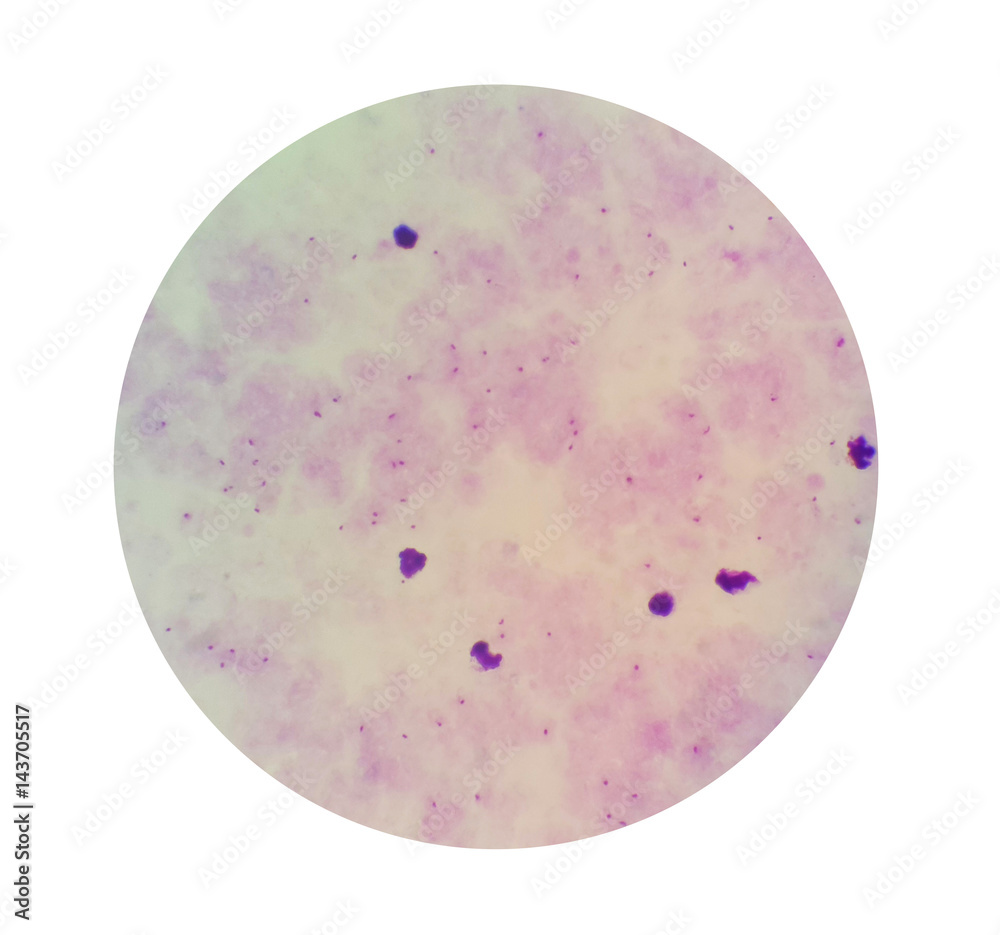
Microscopic Examination Of Thick Blood Films Smear From Malaria Infected Patients Present
https://as2.ftcdn.net/v2/jpg/01/43/70/55/1000_F_143705517_KGyJC9HBatB5YqFH4WiyDqOAzF1ajoLt.jpg
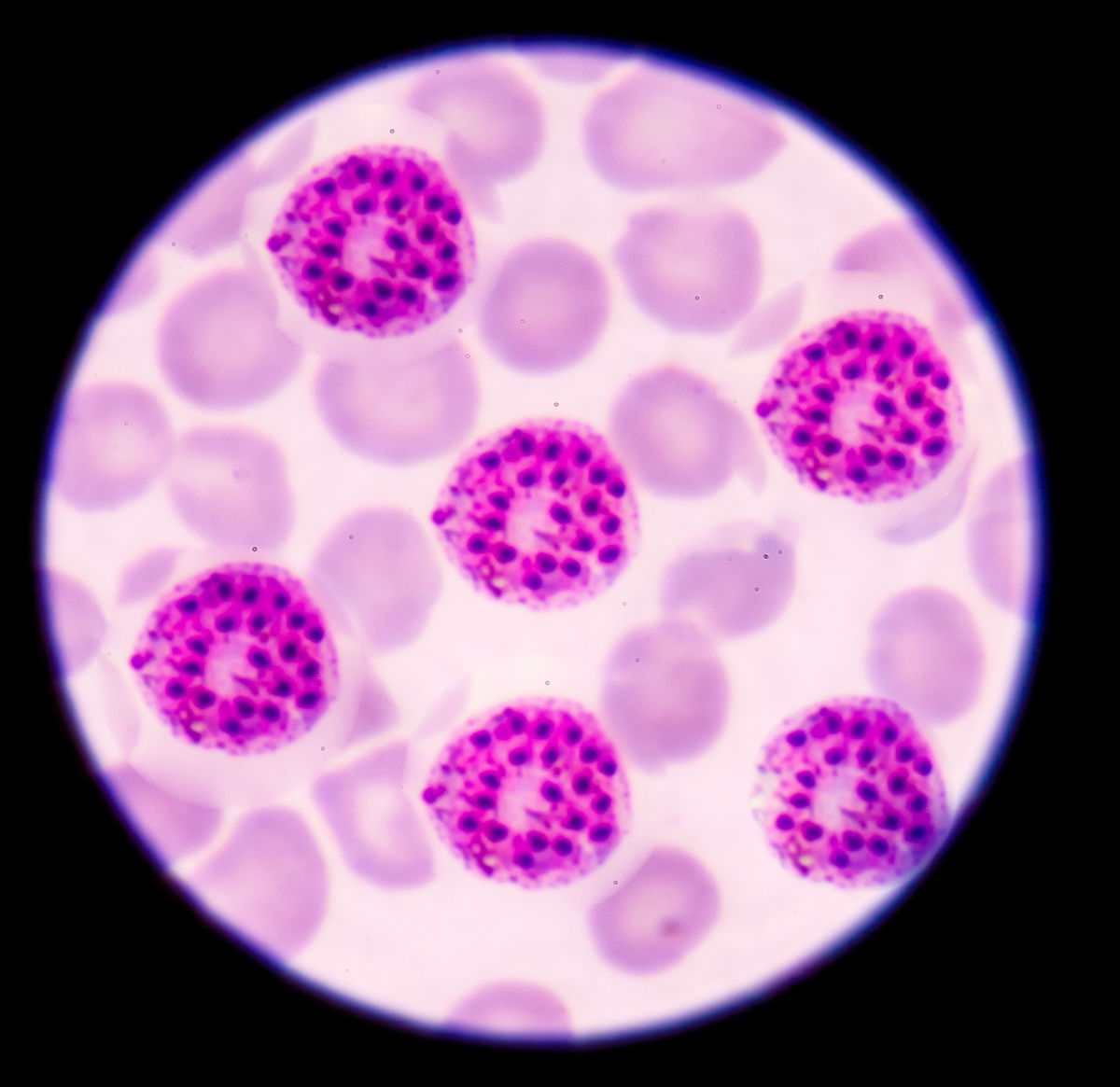
Affordable New Test Seeks To Reveal Hidden Reservoirs Of Malaria Medical Design And Outsourcing
https://media-ecn.s3.amazonaws.com/embedded_image/2015/11/Malaria-pigment.jpg

Classic Image Peripheral Blood Smear In A Case Of Plasmodium Falciparum Cerebral Malaria BMJ
https://casereports.bmj.com/content/casereports/2014/bcr-2014-205820/F1.large.jpg?width=800&height=600&carousel=1
This document provides instructions for preparing blood films for malaria parasite detection It describes making both a thick blood smear from a fingerprick to see if parasites are present and a thin blood smear to identify the Plasmodium species The malaria parasites are readily seen under the microscope 1000 magnification in thick and thin blood smears stained with supravital dyes e g Giemsa s Field s Wright s Leishman s The morphologic characteristics of the parasites are summarized in Table A6 1
All patients with presumptive diagnosis of malaria with no evidence of parasite either on peripheral blood smear and or quantitative buffy coat method Patient were screened for various systemic manifestations and systemic disturbances were assessed based on renal function test liver function test chest X Ray Haemogram as and when required Identification of the species and stages of malaria parasites and determination of their density is crucial in clinical management of malaria patients drug eficacy trials malaria epidemiological surveys and control programmes Therefore malaria diagnoses based on examination of blood films must be correct with an accurate parasite count
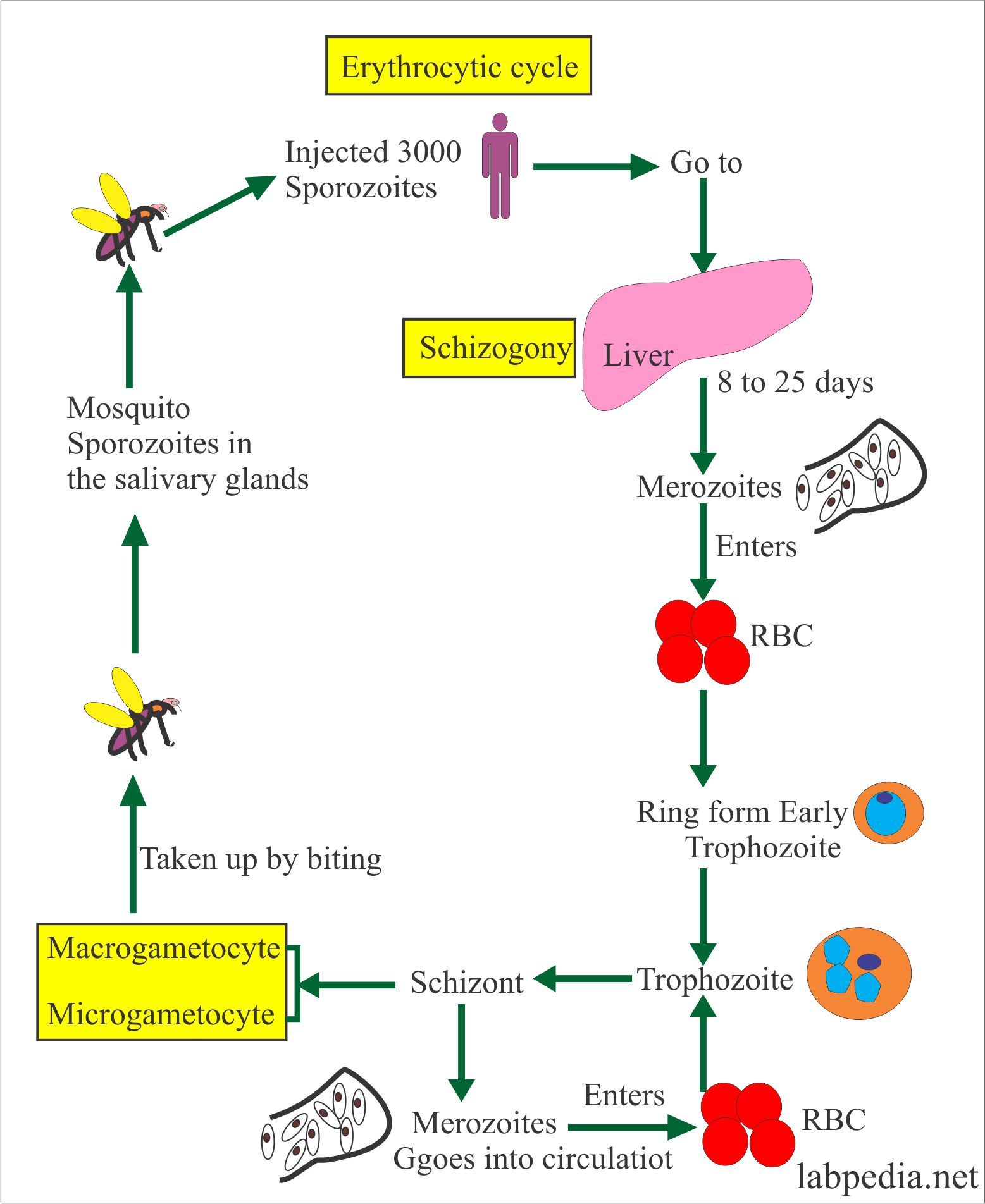
Malarial Parasite Part 2 Plasmodium Falciparum MP Falciparum Black Water Fever Labpedia
https://www.labpedia.net/wp-content/uploads/-malaria-parasite-part-5-plasmodium-ovale-mp-/MP-RBCS-cycle-final-2.jpg
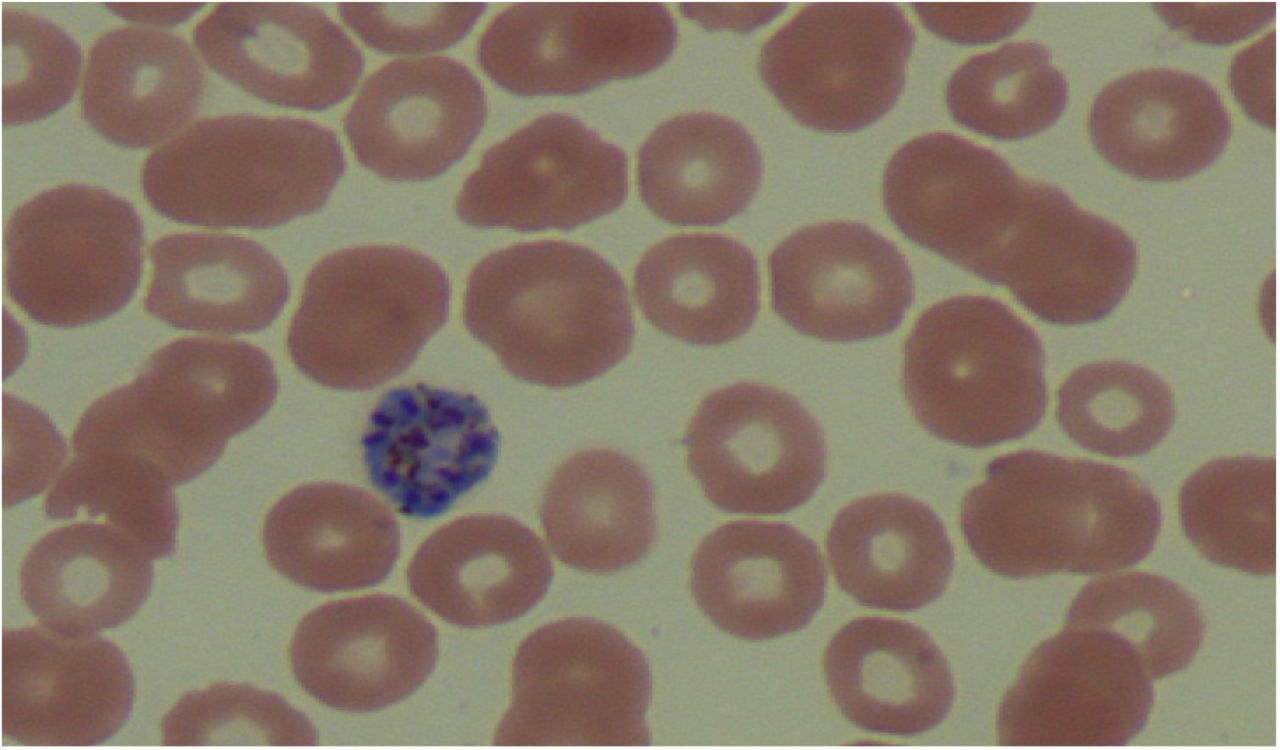
Malaria Rapid Diagnostic Test And Giemsa Stained Peripheral Blood Smear Discrepancies In The
http://clsjournal.ascls.org/content/ascls/30/2/75/F3.large.jpg
https://www.researchgate.net › figure › Five-different-human-malaria...
P falciparum schizonts are also seldomly seen in peripheral blood They are displaying more than 2 and up to 32 nuclei merozoites with dark brown pigment clumped in the middle Gametocytes

https://www.cdc.gov › dpdx › resources › pdf › benchAids › …
Parasites Found In Circulating Blood Certain morphologic key characteristics of the infected erythrocytes and parasites can be used to orient the diagnosis towards one of the four Plasmodium species

Malaria Rapid Diagnostic Test And Giemsa Stained Peripheral Blood Smear Discrepancies In The

Malarial Parasite Part 2 Plasmodium Falciparum MP Falciparum Black Water Fever Labpedia
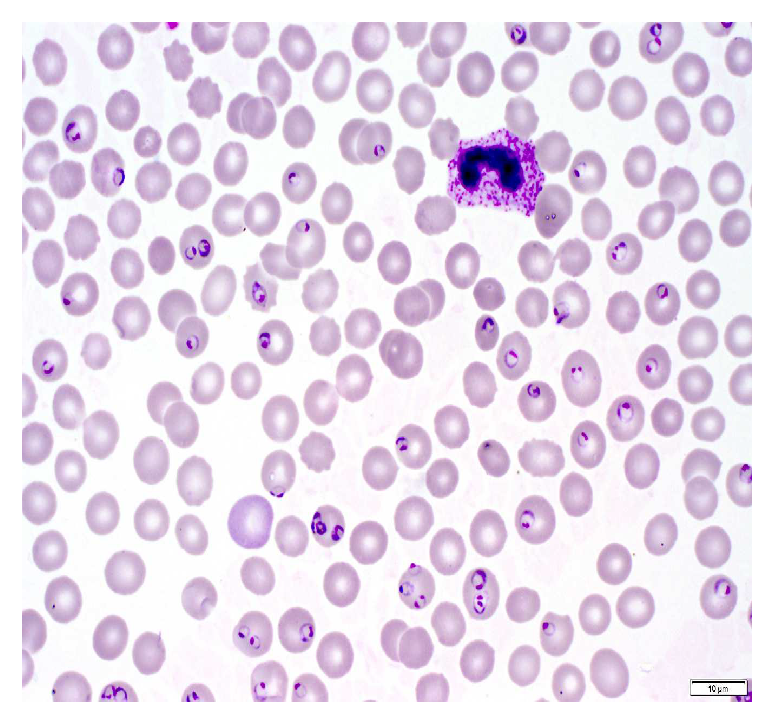
Informatics Free Full Text Classification Of Malaria Using Object Detection Models

Informatics Free Full Text Classification Of Malaria Using Object Detection Models

Malaria The Lancet
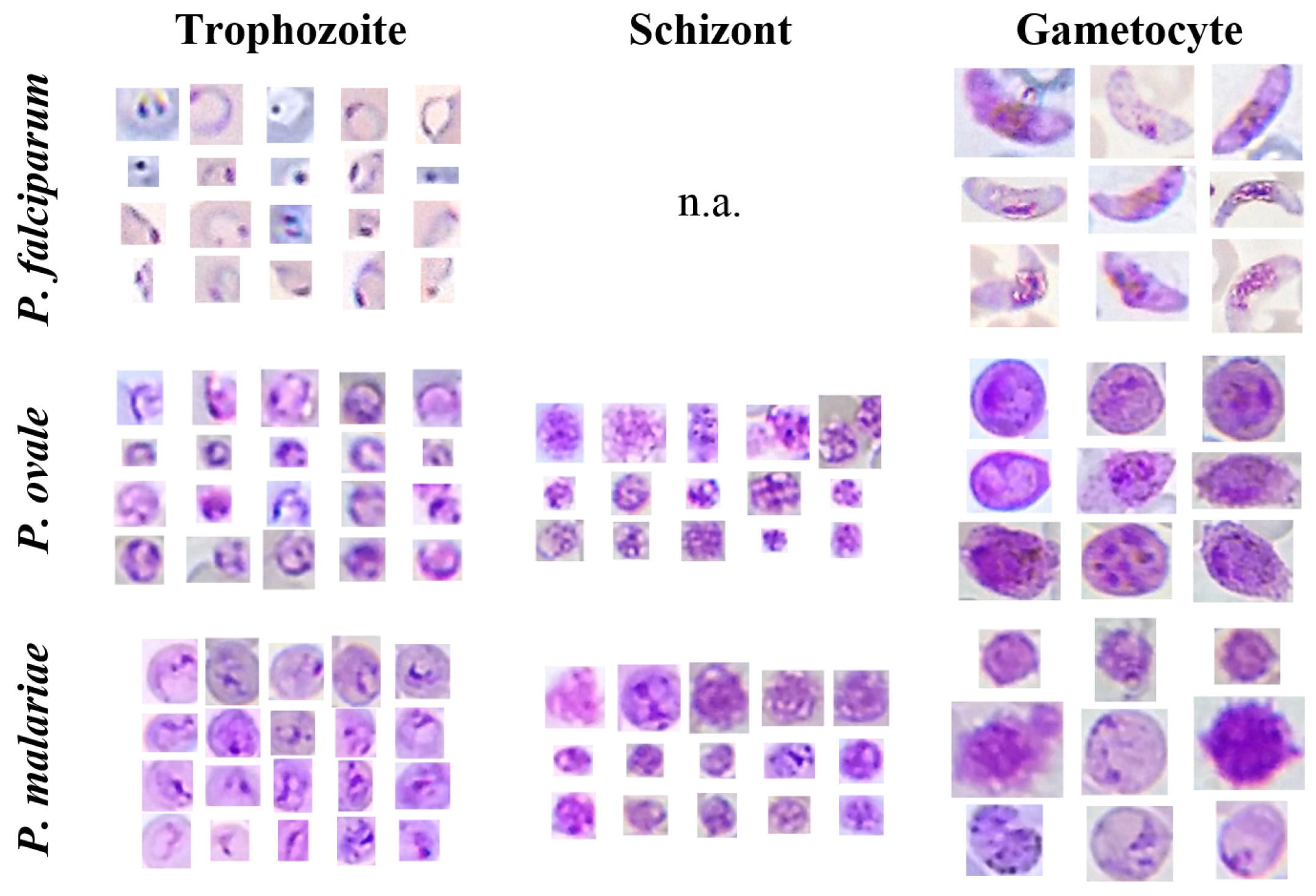
Sensors Free Full Text Mobile Based Analysis Of Malaria Infected Thin Blood Smears

Sensors Free Full Text Mobile Based Analysis Of Malaria Infected Thin Blood Smears

Malaria Parasite Peripheral Blood Image Photo Bigstock

Different Types Of Malaria Peripheral Blood Smear Images a P Download Scientific Diagram

SOLUTION Diagnosis Of Malaria In The Peripheral Blood Smear Studypool
Malaria Peripheral Blood Chart - The range of supplementary tests available for diagnosing malaria has continued to expand Despite this carefully examined thick and thin blood films remain an essential part of the process This guideline updates the previous 2013 British Society for Haematology Guideline for the Laboratory Diagnosis of Malaria